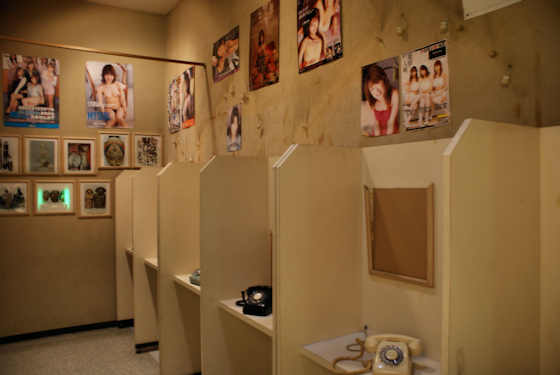Tuesday, May 23, 2023
Worldly Benefits at Tsubakido Temple
Monday, May 22, 2023
Yokota Folk Museum
Sunday, May 21, 2023
Sairinji Temple 48 Shikoku Ohenro Pilgrimage
Friday, May 19, 2023
Takeo Onsen to Kashima. Day 58 Kyushu Pilgrimage
Sunday February 16th 2014
I head off in the dark as I have a long distance to cover before I reach the room I've booked in Kashima tonight. On the top of a hill to the south of the town I come to my first port of call, the Saga Prefecture Space & Science Museum. I have heard that it is quite good, but I am far too early to be able to go inside, and anyway, it is the architecture that interests me. Like so many of these provincial museums, the architects have indulged themselves and created a modernist collage of protruding shapes and geometric solids reminiscent of a Sci-Fi movie-rendered space structure, freed from gravity. I wander around and get some good shots from all angles before heading off.
It's good to be off the main roads as I cut across the hills. No commercial properties at all, and very little traffic. I feel much more comfortable as this is the kind of country where I do most of my walking. I notice that a lot of fields have wheat growing in them. I do pass a huge quarry.
As usual, I stop in at the local shrines I pass. At one of them, Uchida Tenmangu, a ceremony is about to take place so I hang back a little. There is a priest and about 8 men, all of them dressed in everyday clothes, so they are not village “elders”. I have attended many village shrine ceremonies over the years, and it is always just men. I have yet to see a woman at such an event. A later shrine was Kifune Shrine in Kawanobori.
As I get close to Ureshino I reach a bigger road and pass under an expressway. I find the place I have been eagerly anticipating, the Ureshino Hihokan, which translates as“Museum of Hidden Treasures”, a euphemism for sex museum. It would be hard to know what it was if you didn't read Japanese, as there was not a lot of signage, the most visible thing being a large golden statue of the Buddhist deity Kannon (pictured in the 3rd photo) flanked by a pair of Nio which made the building appear to be some sort of religious structure. There used to be a lot more of these places, many, like this one, in hot spring resorts, but they are disappearing. This one will be closing next month so I was glad of the opportunity to visit.
A few minutes after leaving the Hihokan I leave the main road and take a smaller road towards the coast. All morning I had been climbing slightly, but now the road starts to descend. I notice a lot of houses have thatched roofs, rather the thatched roofs that have been covered over with tin. I am not sure when they started to do that, and you will also sometimes see a thatched roof that has been covered in tile. I do see a couple with the thatch uncovered, and one is a very large house with relatively new thatch.
At the junction in the road that leads to Yoshida the bus stop is in the shape of a tea pot. Yoshida is known for its ceramics. Further down the road I stop in at a large shrine with interesting features and history.
Thursday, May 18, 2023
Hatten Shrine
Tuesday, May 16, 2023
Ureshino Hihokan part 2







































































